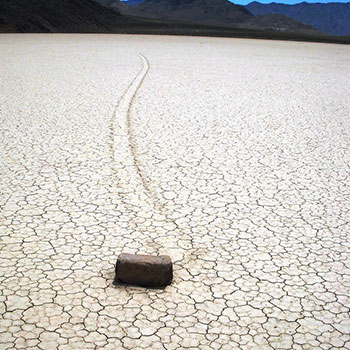Given the reaction at equilibrium #2SO_2(g) + O_2(g) rightleftharpoons 2SO_3(g)#, as the pressure is increased at a constant temperature, will the number of moles of #SO_3(g)# produced decrease, increase, or stay the same? Why?
1 Answer
The number of moles of
Explanation:
We start by finding the relationship between pressure and number of moles. Since temperature is constant, we can consider this:(derived from the Ideal Gas Law,
Since we increased the pressure, the number of moles of gas must decrease.
Now we look at the reaction:
On the reactants side,
On the products side,
Since the number of moles of gaseous molecules must decrease, we would convert the reactants (3 moles of gaseous molecules) to products (2 moles of gaseous molecules). So, the number of moles of

